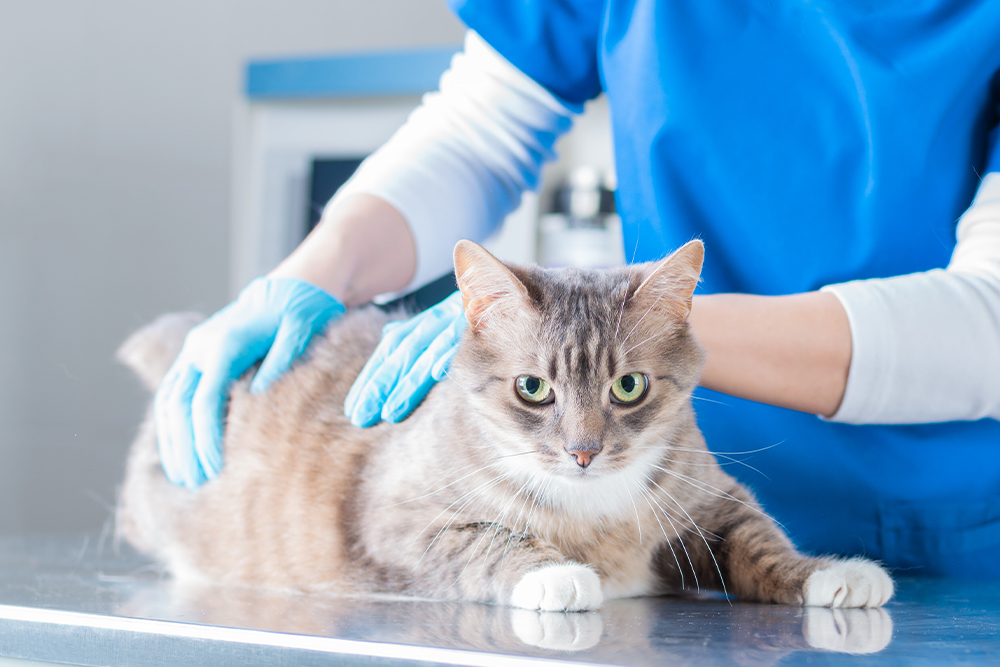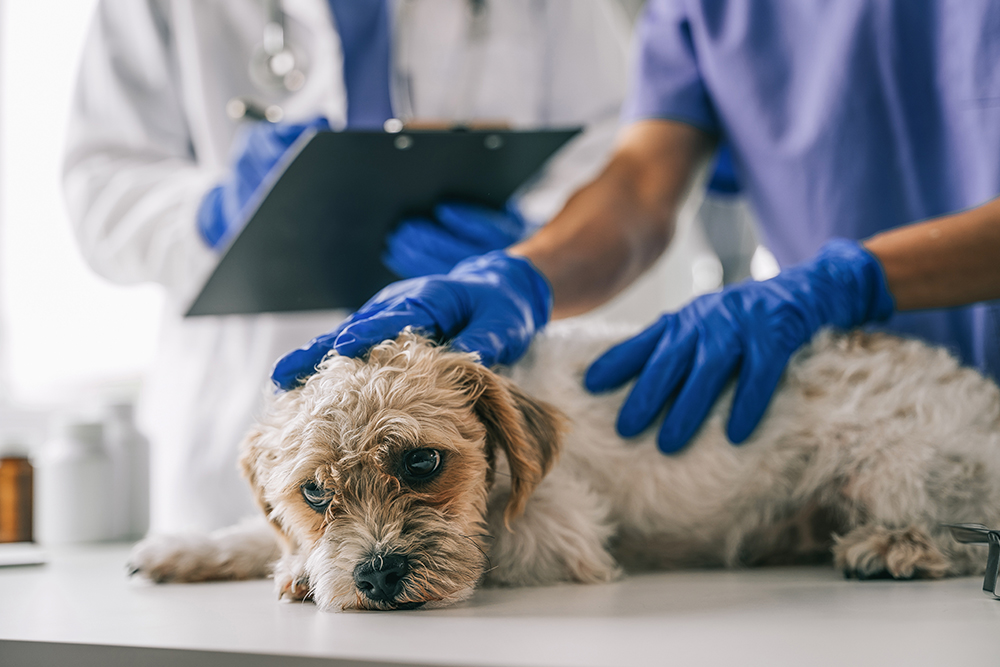Emergency Care for Pets: What Lakewood Ranch Owners Need to Know
When your pet suddenly seems off- panting more than usual, hiding, limping, or just not acting like themselves- it’s hard not to worry. Is this something that can wait until morning, or should you be heading to the nearest emergency clinic?
At Wellness Animal Hospital in Lakewood Ranch, we understand how stressful those moments can be. While our hospital doesn’t offer emergency services, we want to empower you with the knowledge to recognize when urgent care is needed, and how to respond if your pet is in trouble.
What Is an Emergency Physical Exam?
An emergency physical exam is a rapid evaluation performed by a veterinarian to quickly identify any life-threatening conditions. Unlike a routine check-up, this exam zeroes in on vital systems- like heart, lungs, and neurological function- to determine if immediate intervention is needed.
At-home, your version of this exam doesn’t need to be perfect. The goal is simply to observe, stay calm, and gather useful information that helps your vet act quickly.
Why Immediate Action Can Save Lives
Time Isn’t Always on Your Side
In some medical emergencies, even a few minutes can make a big difference. Conditions like gastric dilatation-volvulus (bloat), urinary obstruction, or respiratory distress can escalate quickly. Early action helps avoid complications and improves the chance of a full recovery.
Pain Relief and Peace of Mind
Waiting too long can mean your pet suffers unnecessarily. Prompt care can relieve discomfort- and give you peace of mind. Knowing you acted quickly, even if the situation turns out to be less severe, is always better than regretting a delay.
Preventing Long-Term Damage
In some cases, like urinary blockage or trauma, a delay in care could result in permanent organ damage, infection, or more complex (and costly) treatments later on. Acting fast helps your pet heal faster and more completely.
Signs That Your Pet Needs Emergency Care
Not sure what qualifies as an emergency? Keep an eye out for these red flags:
- Breathing issues: Open-mouth breathing in cats, labored breathing, or pale/blue gums.
- Severe bleeding: Ongoing bleeding, or blood in vomit, urine, or stool.
- Seizures or disorientation: Especially if they last longer than a minute or happen repeatedly.
- Bloated abdomen: A swollen belly paired with restlessness or retching (especially in large-breed dogs) is a sign of bloat.
- Sudden collapse or unresponsiveness
- Signs of pain: Crying, hiding, limping, or aggression when touched.
Need a guide to assess things at home first? The Humane Society’s resource is a great place to start.
Still not sure if it’s an emergency? Read Help! Is This a Pet Emergency?-AAHA for more information.
At-Home Emergency Assessment Tips
Before heading to the vet, here’s how you can do a quick assessment that may help inform the veterinary team:
- Start with safety. If your pet is painful or scared, even the gentlest dog or cat may snap. Approach calmly and cautiously.
- Observe before you touch. Watch breathing, posture, and responsiveness before handling your pet.
- Gum color: Gums should be pink. Pale, blue, or bright red gums suggest something is off.
- Breathing rate: If your pet is breathing fast or seems to be struggling, it’s time to call the vet.
- Pulse: Feel for a pulse on the inside of the thigh (femoral artery). Rapid or weak pulses may be concerning.
For more tips, try this DIY checkup guide.
What Happens in a Veterinary Emergency Room?
If your pet is referred to an emergency or urgent care facility, knowing what to expect can make the experience less overwhelming.
Step 1: Triage
Your pet will be evaluated by a veterinary technician who determines the urgency of the situation. Pets in life-threatening condition are treated first.
Step 2: Physical Exam and Testing
The vet will perform a focused physical exam and recommend diagnostics based on symptoms. This may include:
- Bloodwork: To assess organ function, hydration, or detect infection.
- Imaging: X-rays or ultrasound may be needed to check for fractures, internal bleeding, or obstruction.
- ECG: To monitor heart rhythm if cardiac issues are suspected.
Step 3: Stabilization and Treatment
Treatment might involve IV fluids, oxygen therapy, pain control, wound care, or- if necessary- emergency surgery.
How to Prepare for an Emergency Visit
Bringing the right information can help the veterinary team act faster:
What to bring:
- Previous medical records or vaccination history
- A list of medications or supplements
- Notes about your pet’s symptoms and timeline
- Samples of stool, urine, or vomit if available
What to ask:
- What could be causing these signs?
- What treatments are recommended right now?
- What are the short- and long-term expectations?
Frequently Asked Questions
Q: How do I know if it’s an emergency or something that can wait?
A: If you’re asking yourself that question, it’s worth calling a veterinary clinic. Signs like breathing difficulty, bleeding, collapse, or vomiting blood always require immediate attention. Refer to this emergency checklist from the AVMA.
Q: Can I give over-the-counter medications like aspirin or Benadryl?
A: Always call a vet before giving any medication. Many human drugs are dangerous to pets- even common ones like ibuprofen.
Q: What should I do if I can’t get to a vet right away?
A: Keep your pet calm and contained. Call an emergency clinic for guidance and follow their instructions. If you suspect poisoning, call ASPCA Poison Control.

Wellness Animal Hospital: Your Partner in Pet Health
At Wellness Animal Hospital, we know that emergencies can be scary, confusing, and emotionally overwhelming. We provide urgent care on a per-case basis, and we are always here to help you with ongoing preventive care, answer your questions, and guide you to the best resources when care is needed.
If you’re unsure what to do, we encourage you to reach out.
Contact us to keep your pet’s health on track.
By being informed and prepared, you can act with confidence when your pet needs you most- and we’ll be here to support you every step of the way.







Leave A Comment